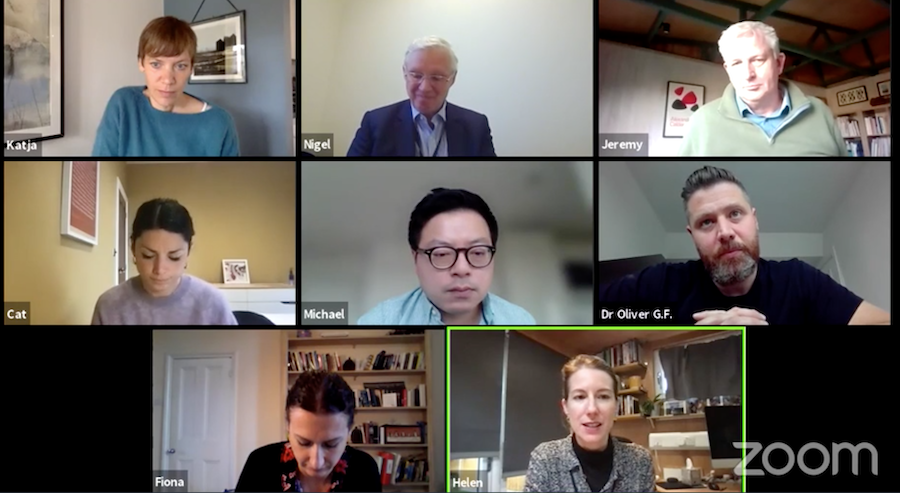The opening session on the second day of Healthy City Design brought together a stellar panel to discuss the planning system in England, which has seen the Government introduce a White Paper on proposed changes to update it for the challenges of the 21st century.
Chairing the session, Ryder’s research director, Oliver Jones, asked: “What do we want to see from the planning reforms and how do we move to healthy planning reforms for healthier places? The last significant update to the planning legislation was in 1947 so we’re well overdue change.”
First up was Lord Nigel Crisp, a former chief executive of the NHS and current chair of the All-Party Parliamentary Committee on Global Health. His opening salvo challenged the Government on its agenda to level up poorer and more deprived parts of England – typically those in the northern most counties – with wealthier areas.
“My first message to government would be if you want to level up, particularly in terms of health, then start with planning and start with homes,” he said. “Get those right and we’ll really start to level up society in really important ways.”
Health and wellbeing, he explained, is about life and freedom, confidence, and the quality of our lives – our relationships, how we live, and what happens to use at work and at school. And being all that we can be and living life to the full.
Several theoretical approaches can help promote health and wellbeing, including health creation, human flourishing, salutogenesis and eudaimonia – a concept associated with Aristotle around living a good life.
Creating health, for example, is about providing the conditions in which people can be healthy and helping them to be so – in essence, said Lord Crisp, “what a parent does, what a good teacher does, what a school does, what a community does – helping create resilient, confident, capable and healthy individuals”.

The Healthy Homes Bill
Human beings feel happiest when they have a sense of control of their own lives, rather than being at the mercy of forces beyond their control. Naturally, such a sense of control is supported by having a secure base and a secure home, Lord Crisp explained.
“Our health as individuals is intimately connected with the health of our communities, the health of wider society, and, ultimately, the health of the planet,” he explained. But a first step in this journey would be to provide homes that do not impact our health negatively.
“We need to have a Healthy Homes Bill,” he said – “a duty to secure health, safety and wellbeing according to the healthy homes principles.”
Fiona Howie, chief executive of the Town and Country Planning Association, took up the baton from Lord Crisp, with whom the body has been working with on the Bill, to put forward its case in more detail.
“The Bill would offer the Government a powerful way to promote good placemaking and design by introducing these healthy homes principles into law,” she said. “And, together, those principles draw on the idea of reuniting planning and health; together, they try to define what constitutes a healthy home.
“Within these, we recognise that individual homes are really important – there’s damp, risk of fire, etc – but the [principles] also, very consciously, relate to the need for homes to be in walkable neighbourhoods, to have access to green places, and the wider point about the home within that wider neighbourhood. So, it’s not just focusing on individual units.
“It would require cross-departmental recognition of these principles. And it would also place duty on the Secretary of State to ensure the health, safety and wellbeing of people in relation to buildings.”
The consultation to the Planning White Paper attracted around 44,000 responses and, following a recent government reshuffle, there has been a pause in pushing through with the planning reforms.
While welcoming the chance for reflection, Howie noted a positive in the White Paper in that it recognises the link between place and people’s health, and that it’s a question of social justice. And there were concerns, said Howie, that these principles would not be followed through in the original proposals.
She explained that the TCPA’s top request is for a clear statutory purpose for planning. “Rather than fixating on speed or quantity of permissions, what are we actually trying to achieve through the planning system?” she asked. “That purpose needs to be about positively promoting the long-term sustainable development of the nation and the health, safety and wellbeing of individuals.”
The Government’s continued emphasis on deregulation, as the TCPA sees it, is also a major sore point. To illustrate this, she described the latest expansion of permitted development rights, which means that shops, cafes, gyms, and nurseries could be changed into residential units.
“We do need more homes and they may be suitable for town centre and city centre locations,” accepted Howie, “but if we’re serious about design there’s lots of talk about 15-minute and 20-minute neighbourhoods, and if we’re talking about complete, compact communities, we need the levers to deliver that
masterplan to revitalise town centres.”
She concluded: “We need to turn back that deregulation and give powers back to local authorities and communities, to be able to plan and shape the places in which they live.”
Workforce investment and beautiful places
Following Lord Crisp’s and Howie’s opening keynotes, Oliver Jones moved around the panel for their thoughts and insights. Michael Chang, from the new Office for Health Improvement and Disparities (OHID), formerly Public Health England, remarked that sometimes there is a sense that elements of the planning system don’t support the way local authorities want to improve health.
“Sometimes a system is set up for system’s sake,” he said. “We need to think about what we need and then the system we need to deliver that. Spending a lot of energy on making the existing system work doesn’t always work. So planning reform, in general, does provide an opportunity to reset the system.”
He also focused on the need for an agile professional workforce. “It’s really important that public health and wellbeing issues are built into the education, training, professional development, and culture of all professions, not just public health, not just planning, because good health should be everyone’s business.”
Cat Drew from the Design Council picked up on the Government’s parallel strategy to the planning reforms around designing beautiful places. Beauty is not only about how something looks but how it includes people from different backgrounds, she noted.
“If you can create places that allow diversity to thrive, then they are beautiful places,” she said. “And the best examples of good healthy placemaking have multiple benefits.
“There are lots of examples of active travel but wetlands are a great example of where you are providing a place that is resilient and which has natural flooding defences, as well as providing places where people can walk and look after their mental and physical health.”
Stressing the need for a framework that can bring all design professions together, Drew outlined a number of planning and design principles that the Council would like to see – always starting with people and planet at the heart; including and welcoming difference; healthy and low-cost living; good strategic planning as well as good service design to allow people to live healthy lives; connecting and collaborating; testing and developing ideas; and circular and regenerative design principles – not only around how materials can be reused but also how social assets can be reused, and how places can regenerate.
Health inequalities and people power
Jeremy Porteus, from Housing LIN, pointed to work by the BRE showing that poor housing conditions in the UK already contribute £1.4bn cost to the NHS.
“If we can attract better dividends by investing into our homes and communities, and create more systems and person-centred approaches, we can support people to live better, live well and live longer in their new homes.
“This is not about abdicating responsibility, it’s very much about the social justice element. It’s about how we tackle some of the really entrenched social and health inequalities and inequities in both our housing systems and in our health and social care.”
Asking how to ensure that inclusion becomes embedded in the planning system, Porteus argued for better intelligence and data, and for consideration of how local decision-making is informed to ensure that plans are robust and can identify shortfalls in diverse communities, as well as rural, urban, intergenerational, green and blue space, etc.
“But, ultimately, we need to make sure we have better choices available for older people, for ageing populations, for people with disabilities,” he said. “We need to think about how we can age well, live well and stay well.”
Katja Stille, representing Tibbalds Planning and the Urban Design Council, was keen to focus on people. “Too often we’re getting distracted by policies, regulations, processes,” she lamented. “We need to bring it back to people. If we do that, we make more sustainable places, address the net-zero challenge, as well as address health inequalities. We need to ensure that our living environments do not negatively impact on us and help us make better choices.”
She also bemoaned how policies, processes, regulations and technical standards can often conflict with one another, preventing delivery on the ground. In summary, she said: “We need to start with an overarching vision around healthy, sustainable and environmentally friendly living, and that needs to be enshrined in law, and from there we can make decisions, up to the finest details.”
Inclusive design
Finally, Dr Helen Pineo, an associate professor in Healthy and Sustainable Cities in the Bartlett Faculty of the Built Environment at University College London, emphasised that healthy planning reform would place demands on public health and design professionals to bring on board a wide range of new knowledge and ways of working.
She detailed her new healthy placemaking framework, THRIVES, the key principles of which are sustainability, equity and inclusion.
“The last word was not used very much before the pandemic,” she explained. “There is a broader understanding now about what inclusion means. It’s not just about physical access but about designing for needs that different groups have – to do with age, gender, sexuality, race, ethnicity, and many other points.”
She challenged government to recognise this knowledge gap and consider training needs, warning that design guides and design codes might not be sufficient to address some of the shortages in understanding in how to create urban places.

